Dawn Walker, a part-time local to the Patagonia Mountains, recently submitted her take on living in Duquesne. Her story is beautiful and will kick off our first blog in our new “Patagonia Voices” series.
Dawn’s Story:
My association with Duquesne started with the passing of my mother in 2009. My sister Jill and I had not seen each other for fifteen years, as we both led different lives in lands far from our native England. I had sailed to New Zealand in a 50-foot yacht, and Jill and her husband Rick had built a magnificent log cabin home on 78 acres of mountain in Duquesne.
Mid-December we received news that Mum was not expected to survive to Christmas, so we both arranged to speed home and hopefully arrive in time to say farewell. Over the following emotionally-charged weeks we reaffirmed our relationship, and Jill told me of all the adventures she and Rick have in their amazing countryside. Riding horses, adventuring amidst the mountains, and the excitement of living close to the border. Even the name “Duquesne” musters up thoughts of the Wild West, and I was drawn there.
Not wanting to let our re-acquaintance die, I asked if I could visit the following summer. That visit was to be the start of a passionate love affair with one of the most beautiful and unique places I have ever visited– and having sailed halfway around the world, I have visited quite a few.
Because of the late arrival of my flight into Tucson, by the time we arrived at the ranch it was dark and I had only had glimpses of the passing countryside in the headlights of the truck. I was aware the highway became a road and the road became a track as we climbed higher and higher. Eventually the track became a rugged track. We bumped and bounced up their long drive and were greeted by furious barking and the occasional whinny. Already this felt like home.
I am an early riser and thus opened my eyes at daybreak. My breath stopped as I gazed out of the attic window to my first view of the sun rising to clear the magnificent Huachuca Mountains, bringing an expanding view of the stunningly beautiful landscape. There was the sweeping San Rafael Valley, the Canelo Hills, the Sierra Madre in Mexico, and the far distant conical outline of San Jose, 70 miles away. It was love at first sight. I had never known such an overwhelming feeling of tranquility, peace, wellbeing. The clear mountain air, the uninterrupted view of natural beauty– no roads, no houses, no power lines, no traffic, nor pollution. Just completely unspoiled country, literally as far as the eye could see.
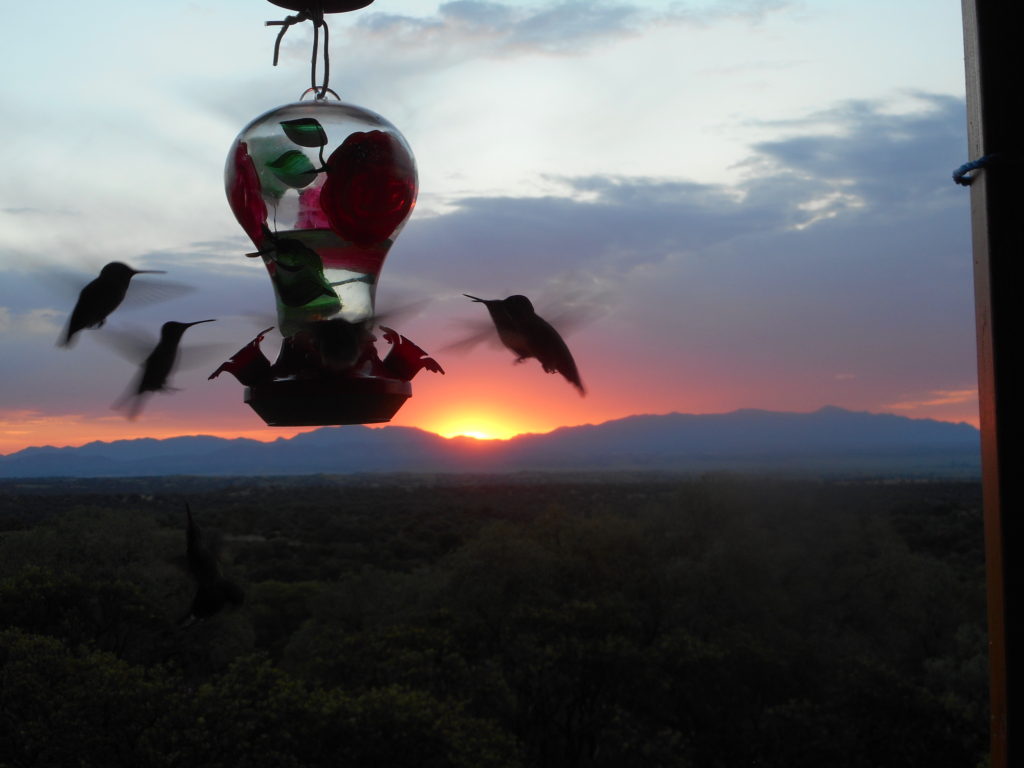
Hummingbirds feeding at dawn. Photo: Dawn Walker
Now ten years later, I have myself bought twenty acres of land, designed and built a modest cabin, and come each summer for four months to relax, rejuvenate, and replenish my soul. I lease a horse during the length of my stay so that I can get out and about on the many trails in the Coronado National Forest and surrounding land. I ride for miles on dirt tracks, exploring canyons and washes, discover old abandoned stone cottages, ride through oak forests, and wind my way up pine-clad slopes to reach some of the peaks of the Patagonia Mountains.
The views are stunning, and you are never sure what you might see next. Occasionally I have caught a fleeting glimpse of a bear shambling away, startled by my presence. Deer athletically leaping to safety are commonplace, yet always a delight to see. They seem to float over the steepest terrain. Often seen are the amusing coatimundi who don’t seem too fussed about anything, especially a horse. Rarely do you encounter a rattlesnake, but they are there. A rustle in the undergrowth sometimes signals their stealthy departure, unwilling to chance a confrontation. Frustratingly, I have never yet seen my heart’s desire: a mountain lion. I have frequently smelled where they have marked their territory and seen their scat, but not yet have I been blessed with a sighting. One day, I hope.
Birds are abundant; it is a special treat to hear– and even more so to see– a rare visiting elegant trogon. We are fortunate that more of these visitors from Mexico are calling this area home. The shriek of a circling gray hawk epitomizes the wild, untamed element of this area. At my cabin, I hang feeders full of sugar water for the little hummers who flock to feed at first light and at dusk. Their squabbling antics as they duel and fight never fail to raise a smile. Most are just passing through on their migratory routes, and I hope I aid them on their way to distant lands.
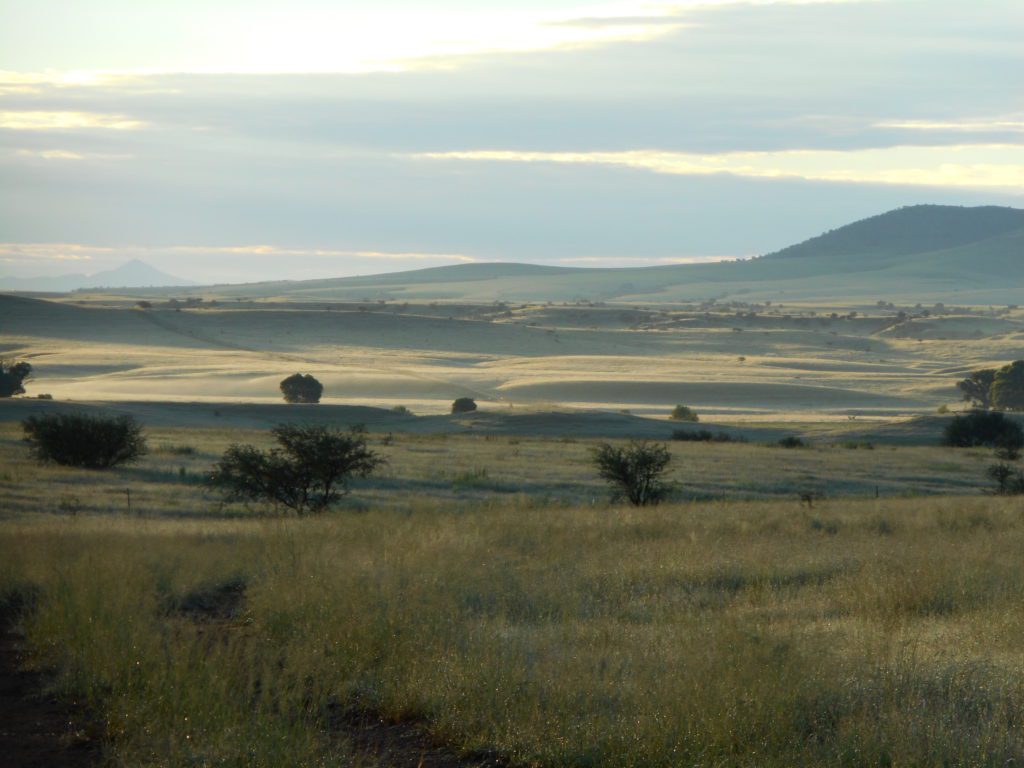
Early morning view of the San Rafael Valley. Photo: Dawn Walker
From my cabin, I have the most amazing elevated 180-degree view to the east. I look across the sweeping San Rafael Valley to the peaks of the Huachucas. The view is dynamic as the sun rises, always varied yet always stunning. In the evening the shadows alter the mountains, revealing ranges you had never noticed before and disguising others you could have sworn were there. The colors always vary depending on the cloud formations and atmospheric conditions, comprising an ever-changing painting produced by nature.
I also have friends that I hike with and that open up many more delights as we explore off trail and scale canyons and hills, marveling at the treasures to be seen and found. Amazing rock formations, small creatures, bubbling pools, flowering cacti, and always the amazing views over a wide expanse of wild and unspoiled country.
A treat is to head over to hike in the Huachuca Mountains. The 20-mile drive across the San Rafael Valley is like stepping back in time; it is the largest one of only three remaining high grass prairies in the US. As you drive through the rolling grasslands, you can imagine buffalo grazing in their thousands. You drive past the San Rafael Ranch, a magnificent old ranch house built in 1884, formerly known as the Greene Ranch. It has been used as the backdrop to many western films including Oklahoma!, Tom Horn, Arizona Dreaming, and many more. Although it is owned by the Conservation Society, it is sadly no longer open to the public. The Huachuca Mountains, dramatic in appearance, have too many trails to mention, but all are an adventure, and there are many delights to discover.
This is a very special part of the world. It is unique and it has a biodiversity found in very few other places. It has an aura which cannot be described—it has to be witnessed and felt.
“To my mind these live oak-dotted hills fat with side oats grama, these pine-clad mesas spangled with flowers, these lazy trout streams bubbling along under great sycamores and cottonwoods, come near to being the cream of creation.”
Aldo Leopold, 1937
Tragically, all of the above are now endangered by the threat of industrialized mining and the greed of overseas companies. We cannot lose this area. We cannot let greed and the lust for money destroy what nature has created over millions of years. This area must be protected so that it lives and thrives for future generations of not only humanity, but all that lives and thrives here at present. To lose it would be to lose one of the biggest treasures we have ever inherited.

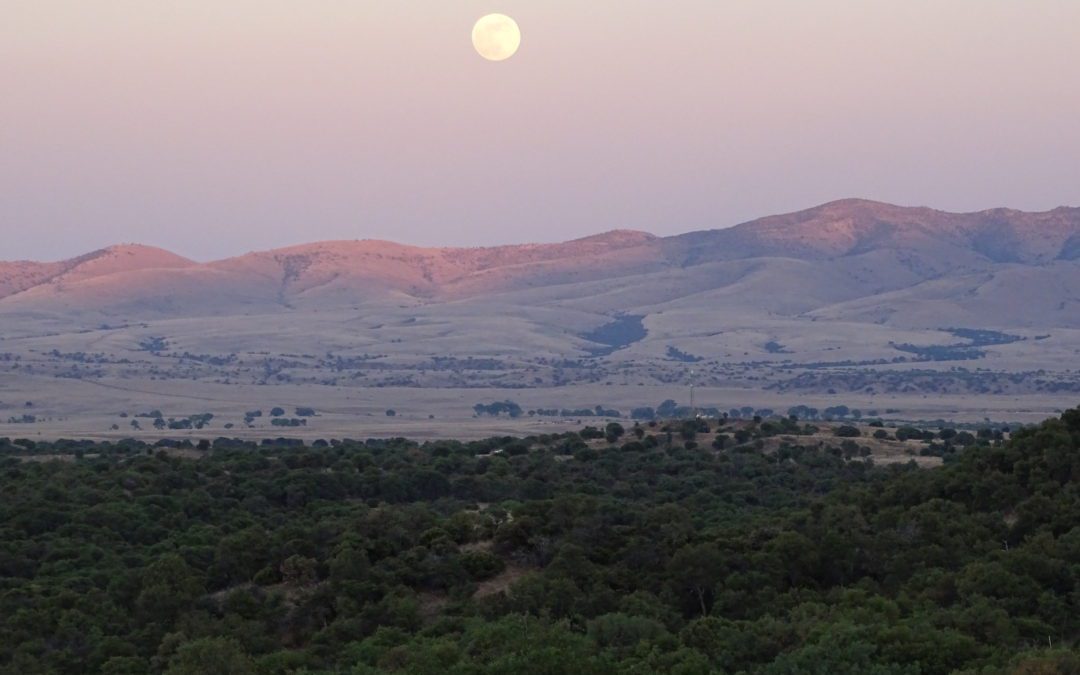
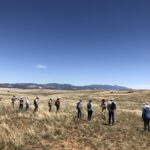
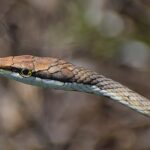
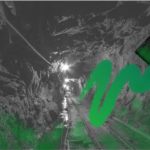
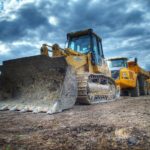
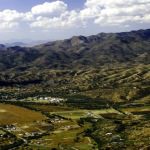
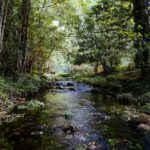
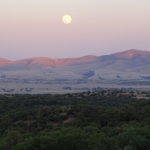
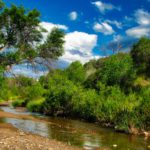
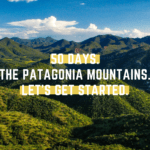

Thanks for describing the Patagonia Mountains and the San Rafael Valley so elegantly. Put me right in the middle of the canyons and grasses. A touch of the divine. And that divinity must be preserved.
If you want to use the photo it would also be good to check with the artist beforehand in case it is subject to copyright. Best wishes. Aaren Reggis Sela